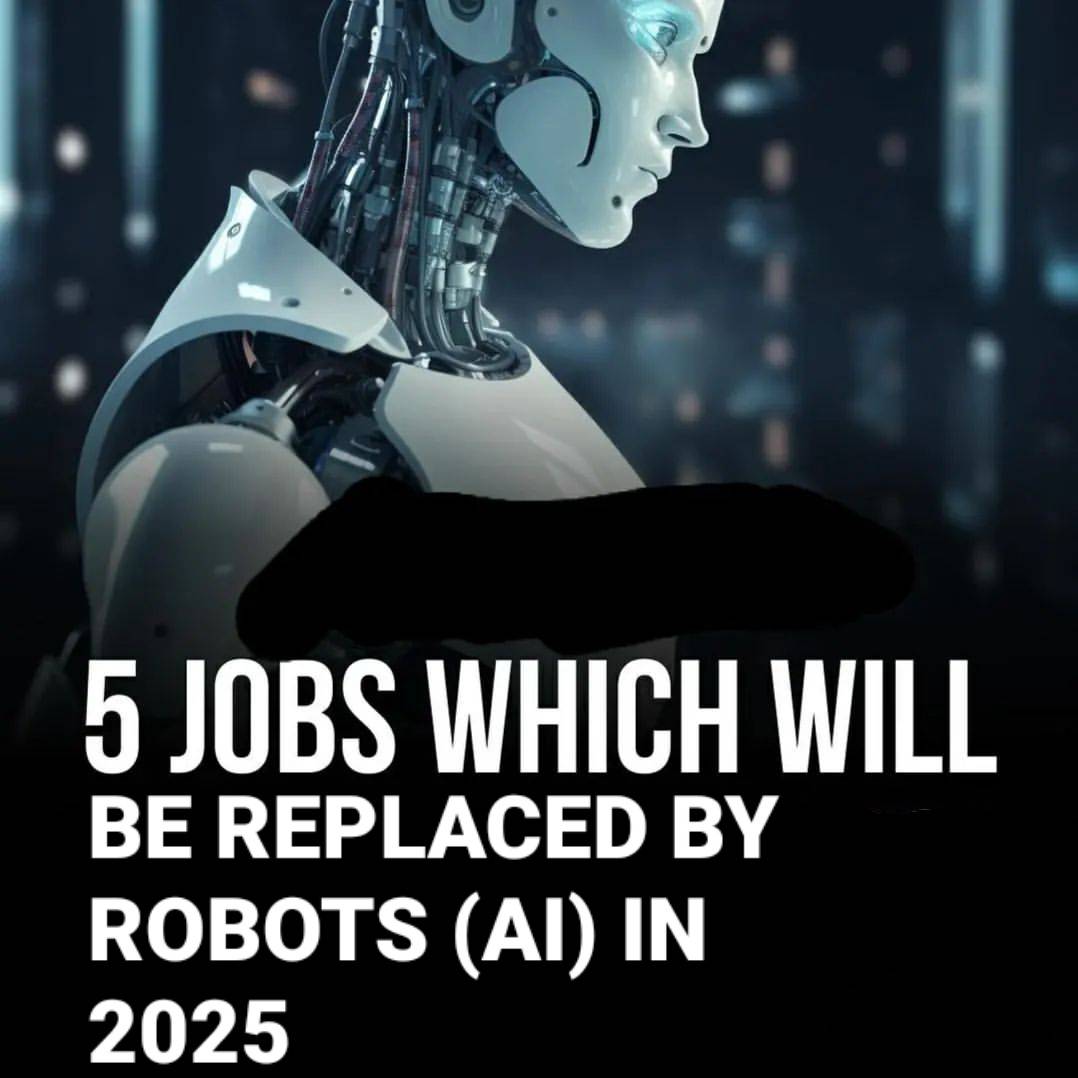Five Jobs That Will Potentially Be Replaced by Robots (AI) by 2025.
Introduction:
As technology advances at an unprecedented pace, the integration of artificial intelligence (AI) into industries and workplaces gains momentum. With machines' ability to perform tasks more efficiently and accurately than humans, certain job positions are at risk of becoming obsolete. Here, we explore five jobs that may be replaced by robots and AI by the year 2025.
1. Data Entry Clerks:
Data entry clerks have been instrumental in manually inputting data into systems. However, with advancements in natural language processing and machine learning, AI-powered algorithms can now analyze vast quantities of data with minimal human intervention. The automation of data collection, storage, and analysis will likely render data entry roles obsolete by 2025, as AI technologies continue to improve.
2. Cashiers and Retail Staff:
Self-checkout systems and cashier-less stores have already begun to emerge in the retail sector. By combining computer vision, sensors, and machine learning algorithms, AI-powered checkout systems can accurately identify and bill customers for their items. This technology eliminates the need for human cashiers and retail staff, making these roles susceptible to replacement by robots within the next few years.
3. Customer Service Representatives:
Many companies have already implemented chatbots and virtual assistants to handle customer inquiries and provide support. These AI-driven programs can understand and respond to a wide range of customer queries and troubleshoot common issues. As natural language processing and machine learning advancements continue, customer service representatives may find themselves increasingly replaced by AI chatbots capable of handling a larger volume of customer interactions quickly and effectively.
4. Drivers:
The emergence of self-driving vehicles is poised to revolutionize the transportation industry. Autonomous vehicles, powered by AI technology, aim to enhance road safety, reduce traffic congestion, and improve transportation efficiency. As these technologies mature, long-haul truck drivers, taxi drivers, and even delivery drivers will likely face displacement as self-driving vehicles become the norm.
5. Manufacturing and Assembly Line Workers:
The automation of manufacturing processes has been ongoing for years, but advanced robots are becoming increasingly adept at complex tasks that once exclusively required human presence. With advancements in machine vision, machine learning, and robotic dexterity, robots can now handle intricate assembly tasks more accurately, efficiently, and tirelessly than humans. Consequently, roles involving repetitive assembly line work may gradually become redundant as robots take over, resulting in a more streamlined and cost-effective manufacturing industry.
AFFILIATE MARKETING COURSE LINK
Conclusion:
The rapid advancement of robotics and AI technologies continues to reshape various industries, with countless job roles vulnerable to automation and replacement. While this shift has the potential to create new job opportunities and unlock economic growth, it is essential for individuals and societies to adapt and upskill to meet the demands of a transforming job market. By embracing automation and AI, we can optimize productivity, efficiency, and innovation,working alongside machines rather than being entirely displaced by them.
BIZZHUB DE NATION BLOGGER 🇬🇭🇬🇭🇬🇭


